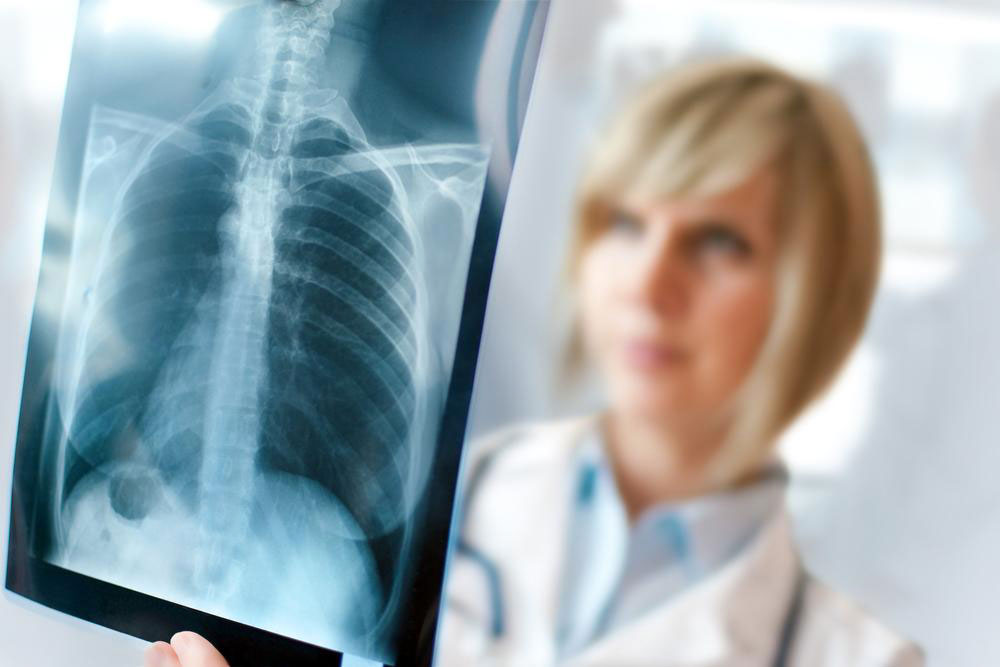
Breast Cancer Stages
The entire course of treatment for breast cancer depends on the stage at which the condition is diagnosed. Various diagnostic techniques are used by doctors to determine the different stages of breast cancer. This then helps them chalk out a treatment plan. These diagnosis techniques can include biopsies, scans of the bones, X-ray reports, and physical exam. The reports of these tests allow the doctors to assign alphabets and numbers to every breast cancer stage.
The different breast cancer stages at which the condition can be detected are:
1. Stage 0
If cancer is diagnosed at this stage, it means it has been diagnosed early and is non-invasive cancer. The cancer originated from the milk ducts or glands and hasn’t moved from there. Commonly, if in situ is used in your diagnosis, it means that the cancer is in its place.
2. Stage I
When breast cancer is diagnosed at this stage, it is invasive. This means it is now able to harm the healthy tissues in the body. However, the cancer is still relatively small and most probably hasn’t spread to the lymph nodes. It may have only made its way to the sentinel lymph node:
- Stage IA
At this stage, cancer has affected the fatty breast tissue. But, the tumor is not any bigger than a peanut or there could be no tumor at all. - Stage IB
At this stage, a small amount of the cancer cells may have spread to some lymph nodes. The cancer cells that have spread are not more than 2mm in size and can be found in small cluster formations. There are chances of no tumor being developed inside the breast or even if it has, it is small (less than 2 cm).
3. Stage II
Breast cancer at this stage is also known as invasive breast cancer. The tumor at this stage is between 2 – 5 cm. This is a more advanced stage of breast cancer and the cells may have spread beyond their origin point:
- Stage IIA
The tumor is 2 cm or a little smaller and has affected the axillary lymph nodes. There is also a possibility that the tumor may not have affected the axillary nodes. - Stage IIB
The breast cancer tumor at this stage either measures around 2 cm and has reached the axillary lymph nodes or the tumor has grown bigger than 5 cm but hasn’t spread to axillary lymph nodes.
4. Stage III
Here, the breast cancer is at an advanced stage and the tumor measures over 2 inches. Although at this stage cancer has not spread to distant parts of the body, it can be found in axillary lymph nodes:
- Stage IIIA
The tumor is not in the breast but has spread to axillary lymph nodes. The tumor at this stage is 2 inches or smaller. - Stage IIIB
The tumor can be of any size. It may have also affected the walls of the chest and/or the breast’s skin.
5. Stage IV
Cancer at this stage is also known as metastatic breast cancer. If cancer has been diagnosed at this stage, it means it has spread beyond the breast and has affected various parts of the body that are near the breast. The areas can include the lungs, liver, and bones.



